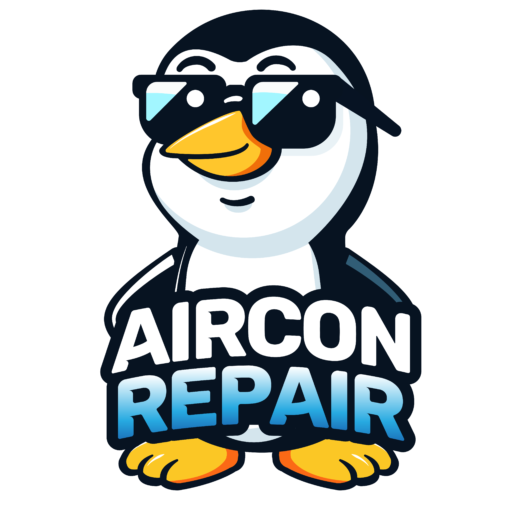When planning an air conditioning installation, homeowners often wonder whether a permit is required. The answer depends on local building codes, zoning laws, and the type of installation being performed. In most cases, permits are necessary to ensure the system is installed safely and in compliance with regulations. Furthermore, skipping this step can lead to fines, failed inspections, or even issues when selling your home. Therefore, to avoid unnecessary headaches, it’s essential to understand when and why permits are needed for air conditioning installation.
Why Permits Are Essential for Air Conditioning Installation
By obtaining the proper permits, you can ensure that your air conditioning installation complies with safety and efficiency standards. Furthermore, permits protect homeowners by confirming that the work adheres to building codes, electrical guidelines, and structural safety regulations. Below are the key reasons why securing permits is essential:
- Ensures Compliance with Local Codes – Each city and county has specific regulations regarding HVAC systems. Permits help ensure installations meet these legal requirements.
- Protects Home Value – If you ever decide to sell your home, an unpermitted AC installation could delay the process or decrease your property’s value.
- Prevents Costly Fines and Repairs – Unpermitted work may lead to fines or even force homeowners to remove and reinstall the system correctly.
- Enhances Safety – Permits ensure that electrical, mechanical, and structural work is up to code, reducing risks such as electrical fires or refrigerant leaks.
Types of Permits Required for Air Conditioning Installation
Depending on the scope of your air conditioning installation, you might require one or more of the following permits:
1. Mechanical Permit
A mechanical permit is necessary when installing a new HVAC system, modifying an existing system, or adding new ductwork. This permit ensures that all components, including air handlers, furnaces, and ventilation systems, comply with safety regulations.
2. Electrical Permit
If your installation includes new wiring, circuit breakers, or changes to your electrical panel, then, in that case, an electrical permit is necessary. This, in turn, helps ensure that all electrical connections comply with safety standards, thus minimizing the risk of electrical hazards.
3. Building Permit
A building permit may be necessary if structural modifications are required for the installation. For instance, this applies when installing an outdoor condenser, altering walls for ductwork, or making other essential structural adjustments to accommodate the AC system.
Who Is Responsible for Obtaining the Permits?
1. Contractor’s Responsibility
Professional HVAC contractors typically handle the permit process, ensuring compliance with local regulations. Their responsibilities include:
- Understanding Local Codes – Licensed contractors are knowledgeable about specific requirements in your area.
- Filing Necessary Paperwork – They obtain and submit all required permits before starting the installation.
- Scheduling Inspections – Once installation is complete, they arrange for inspections to verify compliance with codes.
- Ensuring Legal Compliance – Contractors help homeowners avoid legal complications by securing proper permits.
2. Homeowner’s Responsibility
While many contractors manage the permit process, homeowners must still take responsibility to confirm that the necessary permits are secured. To do so, here’s what you need to do:
- Confirm Permit Approval – Before work begins, check with your contractor to ensure all permits are in place.
- Request Copies of Permits – Keep a record of all permits for future reference.
- Verify Contractor Licensing – Ensure that your contractor is licensed and authorized to obtain permits.
- Understand the Risks – If work is completed without proper permits, the homeowner could be held responsible for any violations.
Risks of Skipping the Permit Process
Failing to obtain the required permits can lead to serious consequences, including:
- Code Violations – Authorities may require you to remove or redo the installation to meet code standards, resulting in additional costs.
- Safety Hazards – An unpermitted installation may not meet essential safety standards, leading to fire hazards, refrigerant leaks, or electrical failures.
- Resale Complications – If you decide to sell your home, an unpermitted installation can cause delays, impact negotiations, or reduce property value.
- Insurance Issues – Homeowners’ insurance may deny coverage for damages caused by unpermitted AC installations, leaving you financially vulnerable.
How to Obtain the Necessary Permits
To ensure your air conditioning installation is compliant, follow these steps:
- Check Local Regulations – Contact your city or county’s building department to confirm the required permits.
- Hire a Licensed Contractor – Working with a professional HVAC contractor can simplify the permit process.
- Submit Permit Applications – If handling permits yourself, file the necessary applications with the appropriate authorities.
- Schedule Inspections – Arrange for inspections to ensure the work complies with all regulations.
- Keep Documentation – Maintain copies of all permits and inspection approvals for future reference.
Conclusion
Understanding and following permit requirements for air conditioning installation is more than just a bureaucratic formality; it’s a crucial step in safeguarding your home, investment, and safety. Whether you’re replacing an old unit or installing a new one, securing the proper permits ensures compliance with safety regulations from the start. By working with a licensed contractor and verifying that all necessary permits are in place, you can avoid costly setbacks, maintain your property’s value, and enjoy peace of mind knowing your AC system is installed correctly. Don’t cut corners, get the permits and do it right the first time.
